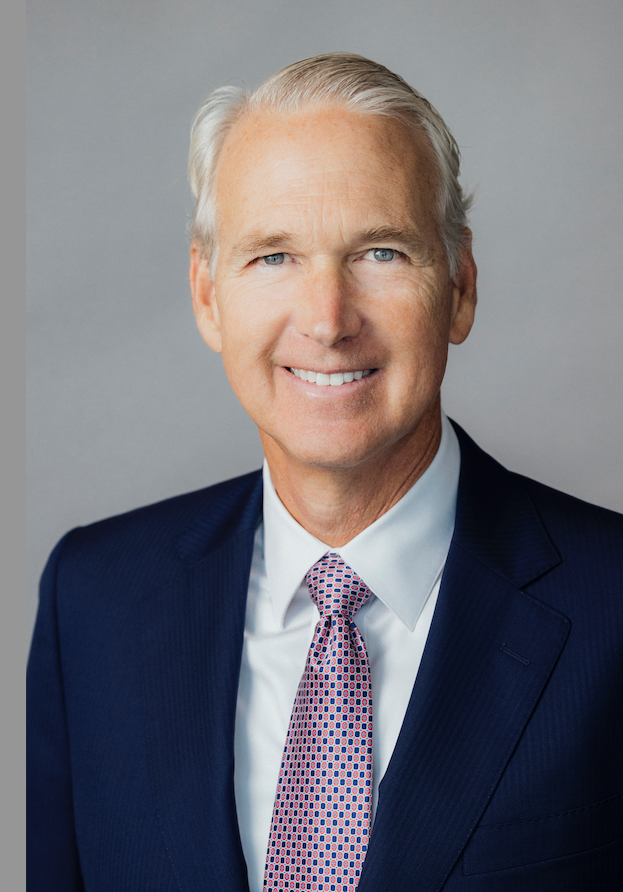Workforce, Affordable Housing a Rare Bright Spot Amidst Current Headwinds
The impaired economy – with ongoing inflation, elevated interest rates, banking distress and restricted lending – has exposed vulnerabilities within multifamily real estate. The apartment segments serving lower income Americans are particularly impacted. Just when demand is soaring to extraordinary heights, the country is facing a supply shortage of an estimated 7.3 million units and every single state is facing the hurdle.
For decades, calls to meet demand for both apartments and homes within reach of working-class and lower-income families have gone unanswered as new supply delivery focused consistently on more profitable, higher end products. At the same time, the discrepancy between wages and cost of living has deepened dramatically. Many workers today earn far less than what’s needed to rent a market-rate apartment. The national Housing Wage, an estimate of the hourly wage full-time workers must earn to afford a rental home at the U.S. Department of Housing and Urban Development’s (HUD) Fair Market Rent without spending more than 30% of their incomes, is $25.82 per hour for a modest two-bedroom rental home and $21.25 per hour for a modest one-bedroom rental home.[i] However, the federal minimum wage has not budged from $7.25 per hour since 2009.
These, and other factors, have created a housing crisis for millions of Americans who see renting as their only option, yet who struggle to find options within their budget.
Out of this gloomy outlook, however, a silver lining has emerged. Vital solutions to the workforce and affordable housing crisis have brought forward attractive investment opportunities. By participating, investors are not only helping to fill a serious societal void, but also gain entry into an asset class proven to persevere through inflationary, recessionary and adverse market conditions.
Immediate Investment Opportunities
While the industry must seek ways to spur construction of new rental units, it must also support existing supply in all ways possible to avoid that supply decreasing. Finance solutions for affordable and workforce properties are thus key. However, heightened interest rates and duress in the banking sector have reduced the number of institutions currently financing these properties and have left government-sponsored enterprises (GSEs) as the primary providers of finance and refinance solutions today.
Two mission-driven GSEs, Freddie Mac and Fannie Mae, provide liquidity in this marketplace regardless of economic conditions. Supporting these agencies with solutions helps to ensure that the existing supply of affordable and workforce properties remains available to lower-income households. It is also an opportunity for investors looking to participate in an asset class whose strong fundamentals have rendered an average annual total return of 9.3% over the past decade. Paired with financing support from Freddie Mac and Fannie Mae, multifamily is one of the best real estate asset classes for hedging inflationary concerns.[ii]
Two current investment strategies supporting the agencies are:
- Investment in Mission-Driven, Agency-Quality B-piece Securities: Freddie Mac and Fannie Mae require the certainty of mission execution in order to continue to provide liquidity in the affordable rental housing arena. As such, they require long-term partnerships, developed over time, with proven investor partners who participate in B-piece investment opportunities. Because the agencies are committed to providing finance solutions, even during periods of economic uncertainty, investors are provided with a continuous flow of B-piece product whose credit quality is enforced through agency credit standards and performance.
- Investment in Bridge-to-Agency Loan Programs and Partnerships: Loan programs serving borrowers with bridge financing for affordable multifamily properties with “near readiness” for agency Freddie Mac or Fannie Mae financing provide a critical solution in the marketplace. Affordable rental property owners are supported with short-term capital for fast closing while they complete the necessary initiatives (including minor to moderate rehabilitation, repositioning, etc.) to ensure the subsequent end-goal of securing permanent agency finance. These bridge programs are necessary short-term solutions that usher affordable rental properties toward the permanent agency financing they require. Additionally, the lenders able to provide bridge finance for rental properties ultimately destined for permanent agency financing are in a powerful position in today’s marketplace.
Sabal Investment Holdings: Your Trusted Partner in These Opportunities
Participants in these opportunities require a well-capitalized partner with the infrastructure and agility to execute quickly. That partner must also have a track record of success spanning the full economic cycle, as well as established, long-term relationships with agencies Freddie Mac and Fannie Mae. These combined attributes are rare, valuable and Sabal Investment Holdings notably has all of them.
Since 2009, Sabal’s deep commercial real estate knowledge, investment expertise, long-term partnerships and ability to recognize opportunities ahead of shifts in the market have allowed us to keep our partners ahead of the curve. Today, Sabal is a leading alternative investment manager with more than $1 billion of assets under management across four Sabal sponsored funds and separately managed accounts. We are ideally positioned and have already begun to move with speed on these investment strategies, supporting of GSEs Freddie Mac and Fannie Mae in their mission to provide key liquidity within the workforce and affordable housing sector.
About the Author
Pat Jackson is founder and chief investment officer for Sabal Investment Holdings, the Irvine, California-based investment management firm serving institutional investors across the United States.
[i] 2022 Out of Reach: The High Cost of Housing, National Low Income Housing Coalition, https://nlihc.org/oor
[ii] U.S. Real Estate Market Outlook 2023: Chapter 7 Multifamily, CBRE, December 2, 2022, https://www.cbre.com/insights/books/us-real-estate-market-outlook-2023/multifamily



